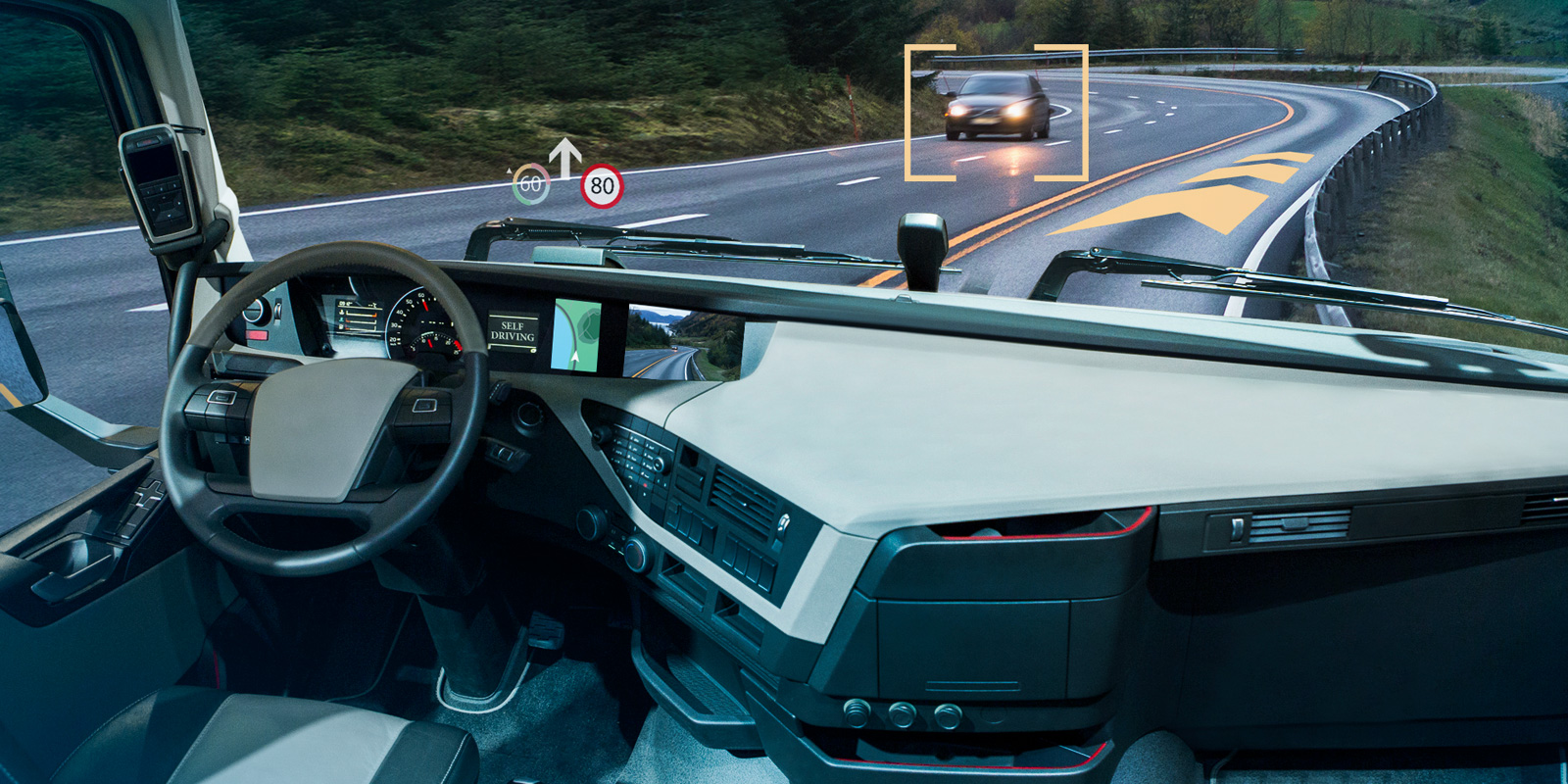
Paving the Way for Autonomous Commercial Vehicles
In Short
The Situation: This summer, autonomous vehicle ("AV") stakeholders announced pilot programs for AV transport and shipping routes in Michigan and the Southeast.
The Challenge: Although states like Michigan are embracing AV technology, Congress has failed to enact new preempting federal regulation, and state regulations and infrastructure are far from uniform. That disparity poses a challenge to the creation of large-scale AV routes.
Looking Ahead: Industry leaders seeking to expand AV technology may consider commerce clause challenges to state regulations that unreasonably disrupt AV routes.
AV Commercial Routes Increasing
In August, Michigan officials and industry leaders unveiled plans to create the "Michigan Connected Corridor." The 40-mile Corridor would link Ann Arbor and Detroit for AV shipping and busing. Michigan Governor Gretchen Whitmer says the project will cement Michigan as the "undisputed leader in the nation's automotive landscape." The Corridor's route and financing remain uncertain, but stakeholders will study the project's feasibility over the next two years.
Michigan's Corridor is one of many AV routes under development, some of which feature nationwide reach. San Diego-based startup TuSimple plans to roll out an AV freight route from Phoenix to Houston by 2021. The second phase of its plan would expand to include Charlotte and Tampa by 2023. And the startup plans to cover the contiguous United States by 2024. Routes require enhanced mapping to guide the vehicles and communications to connect them.
Companies like TuSimple focus on AV freight routes. Although those efforts probably won't impact commuters beyond AV busing, they do promise to embed AV technology into our national economy as the need for efficient delivery of internet sales soars, and AV truck platooning looks promising. A package ordered in 2024 may travel by AV freightways to a national hub, and from there to the doorstep by autonomous drone or vehicle.
The U.S. Department of Transportation recognizes that AV shipping routes will increase commercial reliability and energy efficiency while decreasing overall costs. Yet, the Department has been hesitant to unveil regulations for the AV industry. As we've written before, that means that industry has the opportunity to take charge and develop voluntary standards.
However, some things, such as state regulation, are beyond industry control.
State Roadblocks
Absent federal regulation and preemption, states continue to regulate AV technology. In addition to adhering to current federal standards or seeking exemptions, AV developers must account for those different rules of the road as well as varying infrastructure.
But what if the difference is whether the AV vehicle is legally allowed to operate at all? Some states have authorized full deployment of AV technology with a human operator, while others don't require human operators, depending on the automation level. That means it may be legal to operate an unmanned autonomous freighter in Arizona and Texas, for example. Yet a shipment from Arizona to Texas would have to cross through New Mexico—a state without AV enabling legislation. To cross the state, a driver may need to take control.
Another challenge could be varying definitions in automation levels state-to-state. A vehicle cleared for operation in Michigan may fail to meet the standards required by a neighboring state. Physical operation limitations may be another interstate challenge. A state could apply stricter or additional limits to AV freighters than other states around it. For example, Pennsylvania has exempted automated vehicle platoons from existing follow-too-closely ("FTC") statutes. However, in other states like Kansas, FTC statutes effectively prohibit automated platooning by requiring that heavy trucks provide sufficient space between vehicles for other cars to enter and occupy without danger.
All of which is to say that conflicting state regulations can disrupt the flow of AV-powered commerce. While federal preemption could facilitate the flow of AV freighter traffic nationwide, new federal regulations are not in sight. In their absence, freight and automaker industry groups and state lawmakers can work together to improve coordination of state laws regarding AVs.
Impending Commerce Clause Challenges
In the late '70s, Iowa prohibited the use of double-trailer trucks, though they were cleared for use in surrounding states. Iowa's prohibition was challenged and invalidated under the Commerce Clause, which, among other things, prohibits states from enacting regulations that discriminate against foreign commerce. Even facially non-discriminatory regulations may be invalidated if their costs outweigh the benefits. The U.S. Supreme Court found that the burden on interstate commerce imposed by Iowa's regulation was not justified. Studies showed that the prohibited and permissible trucks were equally safe.
History may repeat itself, unless the federal government acts, or state governments coordinate on regulations. While federal exemptions from current federal standards are available, very few have been granted. If states adopt varying rules for AV commercial vehicles, the Commerce Clause provides grounds to challenge unduly burdensome state regulations—something many other courts have done since the double-trailer truck litigation in the '70s. States will need to justify the burdens they place on AV technology, such as the potential need for shippers to change out AV freight trucks to comply with state laws.
Still, while Commerce Clause challenges may be an option, early coordination on uniform standards and regulations would be more efficient.
Three Key Takeaways:
- AV commercial vehicle routes are on the rise nationally.
- Absent federal regulation or state coordination, conflicting state regulations could disrupt development and use of those commercial routes.
- AV stakeholders should consider preempting federal regulation, ways to coordinate state regulation, and the dormant Commerce Clause to challenge unnecessarily burdensome state AV regulations.



